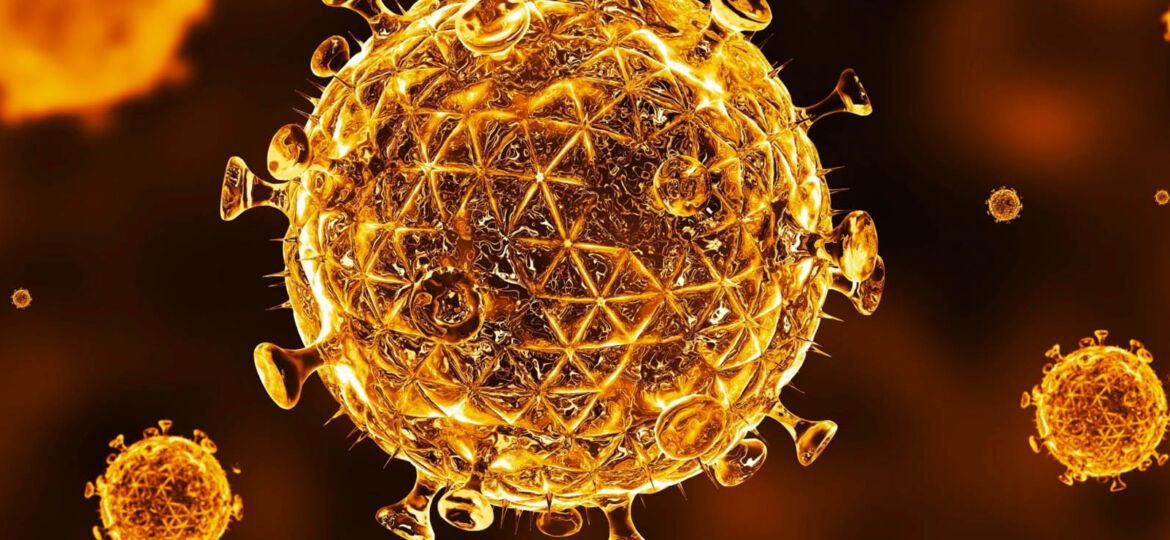
WHY THIS MATTERS IN BRIEF
A British man could become the first person in the world to be cured of HIV using a new therapy designed by a team of scientists from five UK universities.
Around the world there are thousands of researchers and scientists trying to find a cure to battle one of the world’s most known diseases – HIV, and from gene editing to cut the HIV out of living cells to the use of new combinations of drugs the virus is proving that it’s nothing if not stubborn. Now a 44 year old is one of 50 people currently trialling a treatment which targets the disease – even in its dormant state – and the scientists running the trials have reported that presently, following a new treatment, the virus is completely undetectable in the man’s blood. And if the dormant HIV cells – which also form part of the diseases modus operandi – are also cleared out then this could represent the first complete cure. The trial results are expected to be published in 2018.
“This is one of the first serious attempts at a full cure for HIV,” said Mark Samuels, managing director of the National Institute for Health Research Office for Clinical Research Infrastructure.
“We are exploring the real possibility of curing HIV. This is a huge challenge and it’s still early days but the progress has been remarkable.”
The trial is being undertaken by researchers from the universities of Oxford, Cambridge, Imperial College London, University College London and King’s College London.
HIV is difficult to treat because it targets the immune system, splicing itself into the DNA of T-cells so that they not only ignore the disease, but turn into viral factories which reproduce the virus.
Current treatments, called anti-retroviral therapies (Art), target that process but they cannot spot dormant infected T-cells, and, as a result, the disease often comes back.
The new therapy uses a two stage approach called “Kick and Kill” which first exposes the virus and then destroys it. Firstly, a new vaccine, the details of which haven’t been disclosed yet, helps the body recognise the HIV infected cells so it can clear them out. Secondly, a new drug called Vorinostat activates the dormant T-cells so they can be spotted by the immune system and killed.
More than 100,000 people in Britain are living with HIV, around 17 per cent of whom do not know they have the disease, and at least 37 million are infected worldwide.
The first unidentified patient, Patient X, a social care worker in London, said: “It would be great if a cure has happened. My last blood test was a couple of weeks ago and there is no detectable virus.
“I took part in the trial to help others as well as myself. It would be a massive achievement if, after all these years, something is found to cure people of this disease. The fact that I was a part of that would be incredible.”
Professor Sarah Fidler, a consultant physician at Imperial College London, added: “This therapy is specifically designed to clear the body of all HIV viruses, including dormant ones.”
“It has worked in the laboratory and there is good evidence it will work in humans too, but we must stress we are still a long way from any actual therapy.
“We will continue with medical tests for the next five years and at the moment we are not recommending stopping Art but in the future depending on the test results we may explore this.”
Only one person has ever been cured of HIV. He is Timothy Brown, also known as The ‘second’ Berlin Patient, who received a stem cell transplant from a patient with natural immunity to HIV in 2008.
Ian Green, chief executive of the Terrence Higgins Trust, the Aids charity, said: “There is still no cure for HIV and we welcome this ambitious study which looks to eradicate the virus completely from the bodies of people living with HIV, instead of suppressing it.”
Philip Christopher Baldwin, an HIV awareness activist. “I’m really excited by the recent developments regarding a potential cure for the HIV virus.
“I was diagnosed with HIV in 2010, when I was 24 years old. It took me a number of years to come to terms with my HIV.
“I am proud that five British universities have been responsible for this pioneering research. It remains to be seen whether the virus will return in the “cured” patient, or if the other people taking part in the medical trial will respond in a similar way.
“The research, though, is great progress and I hope that these early results will be repeated throughout the trial group. This is an important step towards a world free of the fear of HIV.”
















